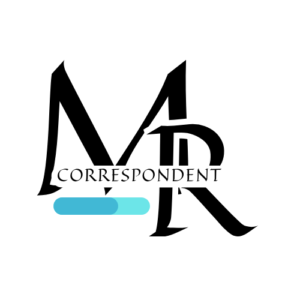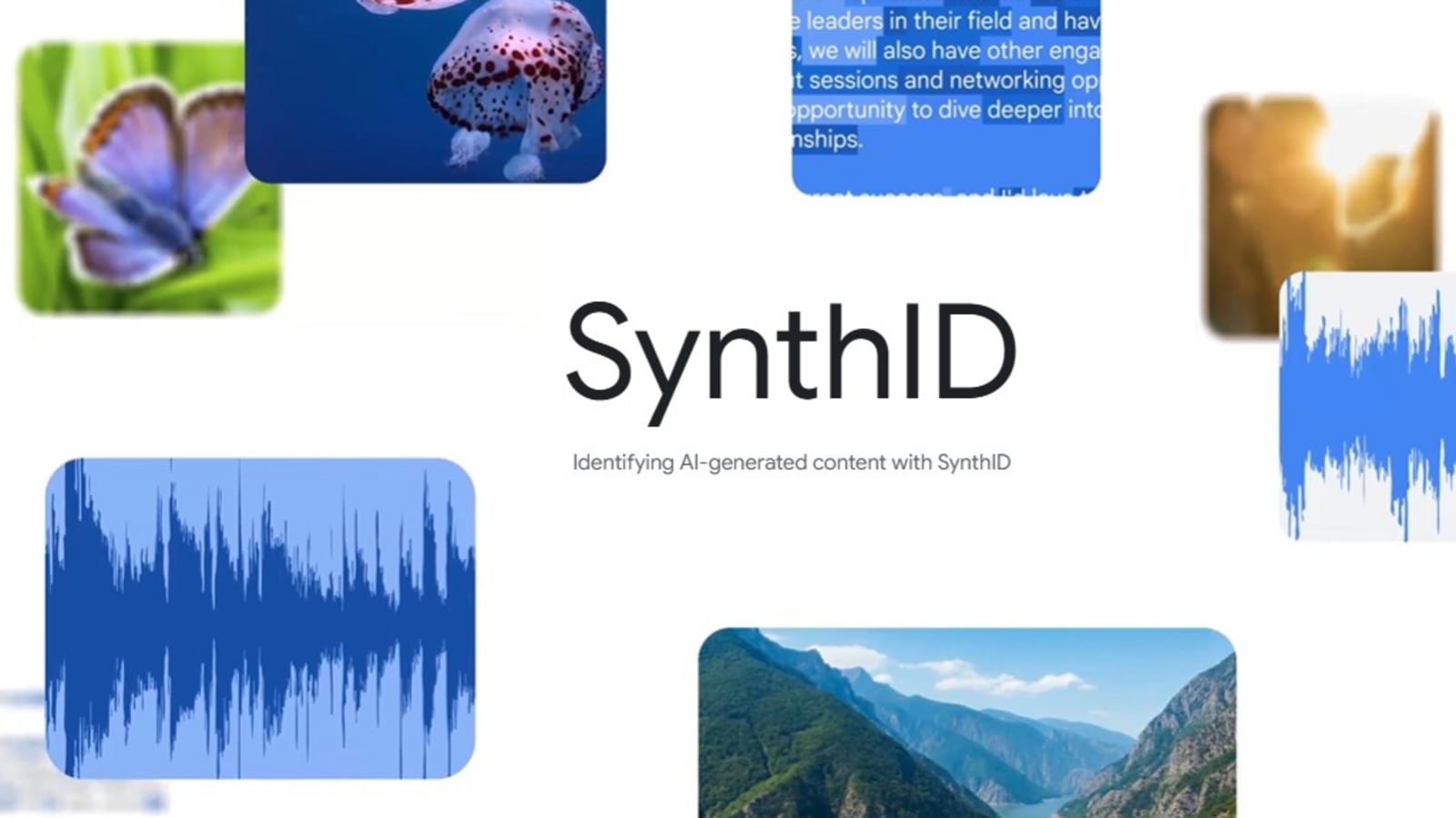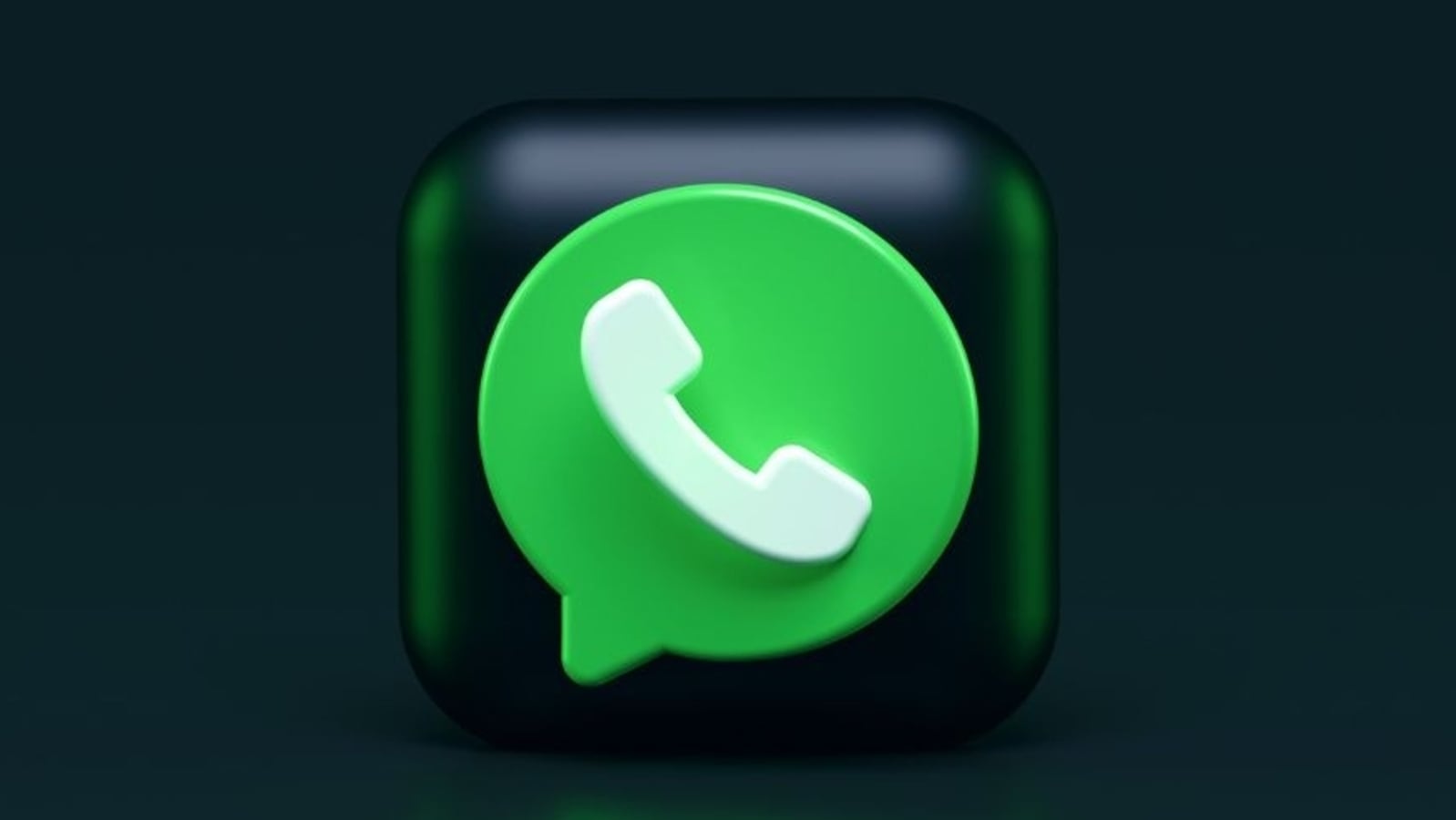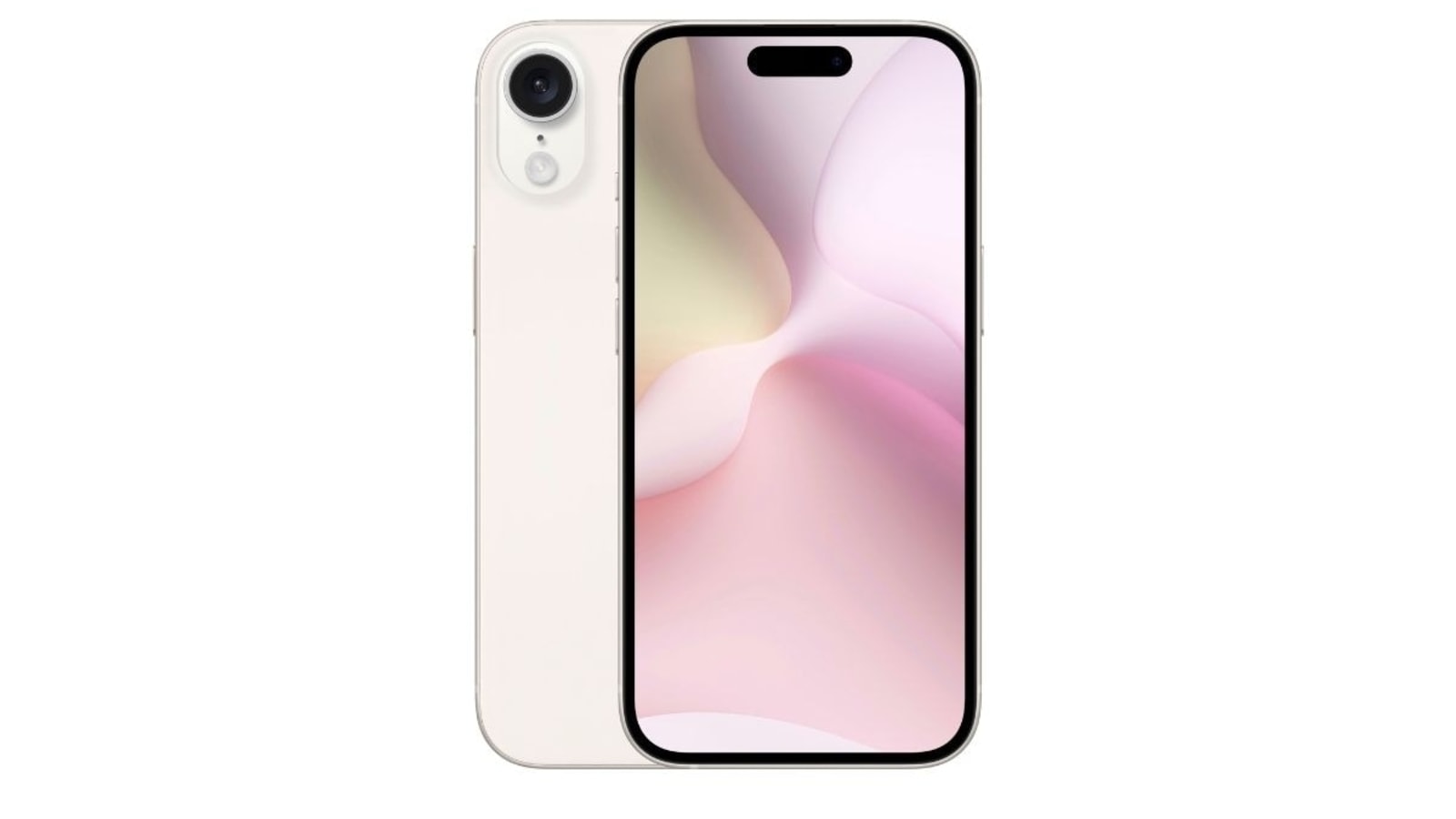Google has announced an enhancement to its AI detection capabilities in Google Photos by integrating its SynthID technology. Starting this week, images edited using the Reimagine feature within Magic Editor will carry an invisible watermark, helping users spot AI modifications.
As AI-powered image editing tools evolve, distinguishing between original and AI-altered photos has become more challenging. This move is part of Google’s ongoing effort to bring transparency to AI-generated media.
Also read: ByteDance unveils OmniHuman-1 – an AI model that can generate realistic videos from photos- Details
What is SynthID?
SynthID is a watermarking tool developed by Google DeepMind, designed to embed an invisible marker into AI-generated content such as images, video, audio, and text, without altering its quality. The watermark remains detectable even after common image modifications like resizing, cropping, or compression, ensuring that AI edits can still be identified after alterations.
Implementation in Google Photos
Google initially integrated SynthID into its AI-driven text-to-image models Imagen 2 and Imagen 3. It later expanded the technology to ImageFX for AI-generated images and Veo for video generation. Now, Google Photos users will see it applied to images edited with Magic Editor’s Reimagine feature.
Also read: Google says commercial quantum computing will take off in just 5 years: What it means
Users can verify whether an image contains AI-generated elements using the “About this image” tool available in Google Search and Chrome. This feature provides insights into an image’s web presence, metadata, and SynthID detection status.
Limitations of the Watermark
While SynthID enhances AI transparency, it does not guarantee the detection of all modifications. Minor changes, such as altering the colour of a small object, may go undetected. Despite this, the technology strengthens efforts to differentiate between traditional and AI-edited content.
Also read: ChatGPT maker OpenAI now has a new logo to match its rebranding. This is what it looks like
Reimagine, launched in 2024, allows extensive AI-powered modifications within Google Photos. As digital editing tools continue to advance, there is a growing demand for standardised methods to identify AI-generated media. Digital watermarking serves as one approach, contributing to responsible AI use, though additional measures may be required to ensure full transparency.






